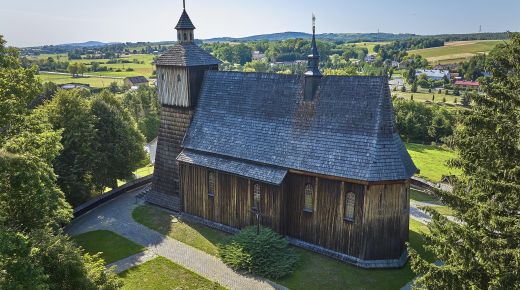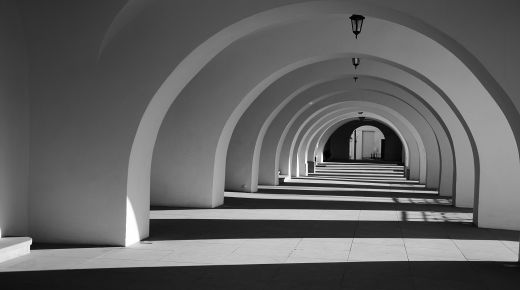The tragic history of Poland sheds light on the mystery behind its name
When the watermill was first built, WWII broke out interrupting the work. Later on in 1944 during dramatic battle for the Dukla Pass, the watermill under construction was demolished by the Germans. Only bare foundations, as a witness of how serious construction it was, can be found these days. The waterfall is on a rushing stream called Iwielka, which here in Iwla meets outcrops of Carpathian Flysh and turns into impressive cascades.
The destination is worth visiting all year round, thanks to abundance of water of Iwielka stream. The large number of attractions and a profusion of history in here inspire longer explorations. Within easy reach as the main road goes nearby, perfect for picture taking lies in a valley, which is since WWII called ‘The Valley of Death’. It belongs to ‘The Cycling Track of Dukla Municipality’ which is a 42-km long loop signposted with blue colour.
Places worth seeing nearby:
Museum of Oil and Gas Industry in Bóbrka
Historical Museum – Palace in DuklA
Glass Heritage Centre in Krosno
Maria Konopnicka Museum in Żarnowiec
Museum of Gentry Culture in Kopytowa
‘Prządki’ Nature Reserve in Korczyna
Educational Centre of the Magura National Park in Krempna
Stanisław Barabasz Ski Museum in Cieklin
-
The Palace Park in Dukla
-
Baroque church of Maria Magdalena from 1765, with Maria Mniszech tomb in Dukla
-
Military cemeteries from WWI and WWII in Dukla
-
Military cemetary number 8 from WWI in Nowy Żmigród
-
ChyrowaSki resort in Chyrowa
- Franciscan Church with Oświęcim Family chapel in Krosno
-
church of the Assumption of the Blessed Virgin Marry, former Greek Catholic Church from 1784 in Tylawa
-
the mass grave of 500 people murdered by the Nazi in the forest by Błudna Hill in Tylawa
-
Military cemetery number 6 from WWI in Krempna
-
Natural monument Devil’s Stone in Folusz
-
Franków Hill in Teodorówka – viewing point
Photo: Krzysztof Koczera



